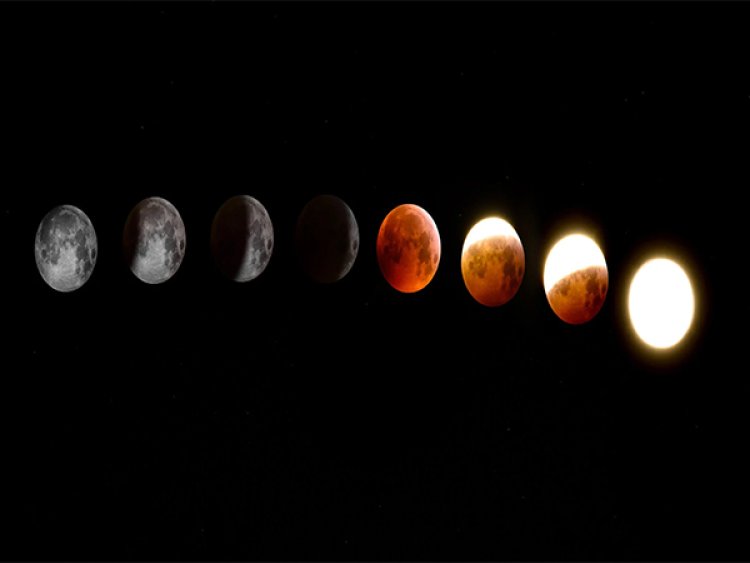Check out what is the heaviest element ever found in exoplanet's atmosphere

Lisbon, Portugal: The heaviest element ever identified in an exoplanet atmosphere, barium, has been found by astronomers using the Very Large Telescope (VLT) of the European Southern Observatory. They were shocked to find barium in the atmospheres of the exoplanets WASP-76 b and WASP-121 b, two extremely hot gas giants that orbit stars outside of our solar system.
This unexpected finding prompts speculation about the potential characteristics of these strange environments.
Why is there such a heavy element in the higher layers of these planets' atmospheres is a perplexing and counterintuitive question. The study, which was headed by Tomas Azevedo Silva, a PhD candidate at the University of Porto and the Instituto de Astrofisica e Ciencias do Espaco (IA) in Portugal, was released in Astronomy & Astrophysics today.
planets">Exoplanets WASP-76 b and WASP-121 b are not like other planets. Both are referred to as "ultra-hot Jupiters" because they are almost the same size as Jupiter and with surface temperatures that peak above 1000°C. As a result of their near proximity to their host stars, an orbit takes only one to two days for each star. As a result, these planets have some fairly unusual characteristics; on WASP-76 b, for instance, astronomers think it may shower iron.
Even yet, the discovery of barium, which is 2.5 times heavier than iron, in the upper atmospheres of WASP-76 b and WASP-121 b astonished the scientists. According to co-author Olivier Demangeon, a researcher from the University of Porto and IA, "given the tremendous gravity of the planets, we would expect heavy elements like barium to quickly descend into the lower layers of the atmosphere."
"This was in a way an 'accidental' discovery," says Azevedo Silva. "We were not expecting or looking for barium in particular and had to cross-check that this was actually coming from the planet since it had never been seen in any exoplanet before."
The fact that barium was detected in the atmospheres of both of these ultra-hot Jupiters suggests that this category of planets might be even stranger than previously thought. Although we do occasionally see barium in our own skies, as the brilliant green colour in fireworks, the question for scientists is what natural process could cause this heavy element to be at such high altitudes in these exoplanets. "At the moment, we are not sure what the mechanisms are," explains Demangeon.
In the study of exoplanet atmospheres ultra-hot Jupiters are extremely useful. As Demangeon explains: "Being gaseous and hot, their atmospheres are very extended and are thus easier to observe and study than those of smaller or cooler planets".
Determining the composition of an exoplanet's atmosphere requires very specialised equipment. The team used the ESPRESSO instrument on ESO's VLT in Chile to analyse starlight that had been filtered through the atmospheres of WASP-76 b and WASP-121 b. This made it possible to clearly detect several elements in them, including barium.
These latest findings demonstrate that we have barely begun to unravel the secrets of exoplanets. Future telescopes like the Extremely Large Telescope (ELT) of the European Southern Observatory (ESO) will be equipped with instruments like the high-resolution ArmazoNes high Dispersion Echelle Spectrograph (ANDES), which will allow astronomers to study the atmospheres of exoplanets large and small, including those of rocky planets similar to Earth, in much more detail and to glean more information about the nature of these strange worlds.















































